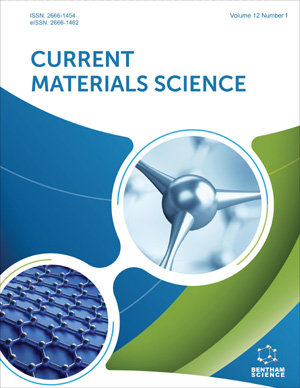Abstract
The machining allowance and chip thickness can be reduced to less than approximately 1 μm in ultraprecision manufacturing such as single point diamond turning (SPDT). Metal surfaces can be finished under precisely controlled machine and environmental conditions. Accuracies of, respectively, 10 and 1 nm have been attained in practice and under experimental conditions (aided by advanced control techniques). Under the highly precise motion of such a machine tool, the primary factor affecting machining accuracy is the controllability or repeatability of the thickness of cut, that is, the undeformed chip thickness effectively removed at the cutting edge. Experiments with a specially prepared fine diamond cutting tool used on such a machine tool have confirmed that very fine chips, of undeformed thickness as small as 1 nm, can be removed in the turning of some highly machineable work materials. However, the accuracy attainable, and mechanisms such as chip formation and surface generation in microcutting are still not well understood, owing to the limitations in availability of experimental and measurement techniques, and in analytic methods for studying such machining conditions. Micro & nanocutting that occurs in a small region which contains only a few layers of molecules can consequently be atomistic, or discrete in nature, rather than continuous, as is assumed in conventional continuum mechanics. In studies of such atomistic processes, which are difficult to investigate experimentally, computer simulation by molecular techniques is useful. Further advancements in the machining technology can be aided through a theoretical understanding of micro & nanomachining. Molecular dynamics (MD) simulation, like other simulation techniques can play a significant role in addressing a number of machining problems at the atomic scale. It may be noted that atomic simulations are providing new data and exciting insights into various phenomenon in micro & nanomanufacturing processes that cannot be obtained readily by any other theory or experiment. The diversity of these processes renders difficult of using a generalized theoretical analysis of micro & nanomachining, however, the methods of molecular dynamics are becoming increasingly attractive for studies of micromachining, especially as the technology advances toward the shaping of parts in the nanometric range. The foundations of molecular dynamics that are needed for theoretical treatments of micromachining therefore form the basis of MNT. Several such analyzing of micro & nanomachining have been developed. In this chapter, the principle of molecular dynamics (MD) simulation on micro & nanomachining and the procedures used to determine the accuracies attainable are described. As noted above, the case of diamond machining and chemical mechanical polishing are used to illustrate the technique, although molecular dynamics is now being increasingly used in studies of many other methods of micro & nanomachining.
Keywords: Molecular dynamics, statistical ensembles, finite differential methods, interatomic potential functions, geometrical-physical model.






















